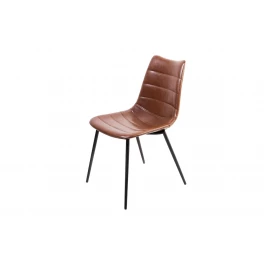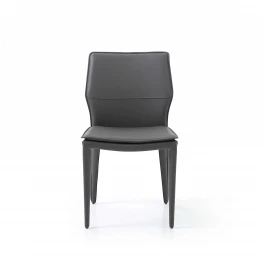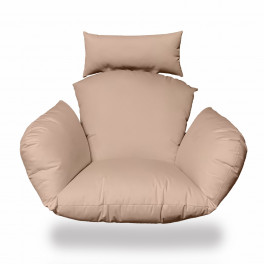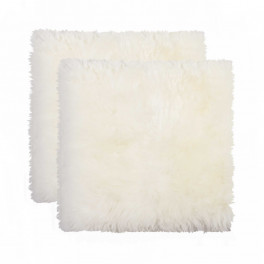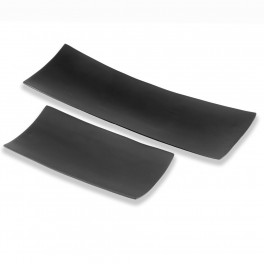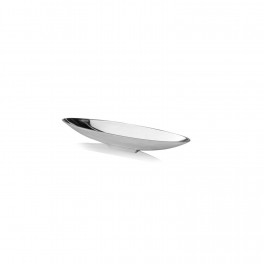People have been enjoying tea for thousands of years. It’s a versatile beverage that comes in many flavors and also offers numerous health benefits. Making tea is a fairly easy process that begins with heating up water. A mug in a microwave is a quick and easy way to brew a cup of tea, but true tea connoisseurs will reach for a tea kettle. Unlike a microwave that can overheat water, a tea kettle on a stove will bring water to its boiling point which is the perfect temperature to preserve the delicate flavor of tea. There are many different kinds of tea kettles, but copper tea kettles have been around for centuries. Is a copper tea kettle or teapot a wise choice? The following guide should help you decide.
Pot vs. Kettle, What’s the Difference?
- A tea kettle is a vessel that’s used to heat water. You place the tea kettle on the stove and rely on a whistle that’s activated by escaping steam to let you know when the water is boiling. The water from the tea kettle is then poured into a teapot.

Photo by Christina Richards on Shutterstock
- A teapot contains tea leaves to brew in hot water to make tea. Once the tea is ready, it’s poured into mugs or teacups. Teapots are not made to sit on a stove. The only exception is there are some kinds of copper teapots that serve as both a kettle and a pot. The intended purpose of a teapot it to brew tea and keep it warm.

Photo by praphab louilarpprasert on Shutterstock
The Benefits of Copper Tea Kettles
Copper is an excellent conductor of heat and water will boil more quickly in a copper tea kettle than it will in a glass or stainless steel kettle. You only need to use medium heat to boil water in a copper kettle. This saves both time and energy making copper more environmentally friendly than other materials. A copper kettle will not rust, and high-end kettles are built to last for 20 years or more depending on use. Copper kettles also have an elegant and antique look to them, even when new, which means you can leave it on the stove or counter to add some style to your kitchen.

Photo by Krivosheev Vitaly on Shutterstock
When it comes to flavor, copper does not retain any flavor from different teas. Simply rinse out the kettle or pot after every brew to ensure the best flavor from your tea.
The Disadvantages of Copper Tea Kettles and Teapots
The downside of a modern copper cookware is that it requires regular maintenance to maintain it’s bright and attractive appearance. Copper tarnishes when exposed to air and will need to be frequently polished. Copper is also a soft metal and can scratch and dent easier than other materials. A solid copper kettle or teapot can also be a bit expensive compared to stainless steel or glass.

Photo by Nomad_Soul on Shutterstock
How to Select a Copper Tea Kettle or Teapot
Copper tea kettles and teapots come in a variety of styles. Some are meant to be more decorative than functional and may have a shiny lacquered finish. Avoid these kettles as the copper is often thin and will not hold up to daily use. The lacquer will also eventually burn off. A copper tea kettle should have some weight to it and will be lined with stainless steel, tin, or a similar metal. If you drink a lot of tea, avoid kettles and teapots that are tin lined. Tin will wear out much faster than stainless steel.

Photo by Med Photo Studio on Shutterstock
Are Old Copper Tea Kettles and Teapots Safe to Use?
Old and truly antique copper tea kettles are often made of solid copper and don’t have any kind of protective lining. This can be dangerous when used to boil water. Copper poisoning can occur from consuming food and beverages that have come in direct contact with copper. The symptoms of copper poisoning include a host of stomach and digestive system issues. If you find an old copper kettle or teapot in a thrift or antique store, it would be best to use it for decoration purposes only. Modern kettles and teapots are lined with tin, stainless steel, or similar metal to make them safe for boiling water or brewing tea.

Photo by Ugis Riba on Shutterstock
How to Use and Care for a Copper Tea Kettle or Teapot
Copper tea kettles and teapots should be washed by hand. Don’t put them in a dishwasher. Always make sure there’s water in a tea kettle before turning on the burner on a stove. Water will heat quickly in a copper kettle so be sure to remove it from the heat when it starts to whistle. Water boiled in a kettle that has been scorched on the inside will taste like burnt copper. Medium heat is all that’s needed to bring water to a boil.

Photo by BeeRu on Shutterstock
To keep the outside of your pot or kettle bright and shiny, polish tit on a regular basis. Commercial copper cleaner or a homemade mix of vinegar, salt, and flour or lemon juice and salt will keep the copper looking new. After polishing, wash the kettle in hot soapy water and then rinse before the final buffing.
Copper kettles and teapots have been used for brewing tea for centuries. They have a vintage appeal and can add a touch of class to your kitchen or tea setting. When it’s time for tea, avoid the convenience of microwave heating and invest in a tea kettle. You will be surprised at how much better your tea tastes.





